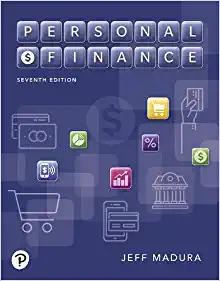Question
This question shows how leverage influences IRR and that high leverage may incentivize default. 1. You pay $1m for a property with 9% cap rate,
This question shows how leverage influences IRR and that high leverage may incentivize default.
1. You pay $1m for a property with 9% cap rate, keep it for 5 years, and sell at the end of year 5 at the same cap rate. The selling costs are 5% of the price. What is your IRR? Enter your answer in percent, but without percent sign (including year t).
2. You are doing the same as above but instead of paying cash, you take a 70% LTV IO loan at 5% annual rate. What is your IRR? (don't use the formula for returns as function of LTV, but compute all the cash flows)
3. In addition to the loan above you take a mezzanine IO loan of $200k at 8% annual rate. What is your IRR?
The neighborhood is declining, so your selling cap rate is 11% in questions 10-13. You have limited liability: you can walk away anytime. If you walk away in year t, all cash flows starting year t become zero.
4. You pay cash as in Question 1 above. What is your IRR?
5. You take the loan as in Question 2 above. What is your IRR?
6. You take an additional mezzanine loan as in Question 3 above. What is your IRR?
Step by Step Solution
There are 3 Steps involved in it
Step: 1

Get Instant Access to Expert-Tailored Solutions
See step-by-step solutions with expert insights and AI powered tools for academic success
Step: 2

Step: 3

Ace Your Homework with AI
Get the answers you need in no time with our AI-driven, step-by-step assistance
Get Started


